US Standards for Wood-Based Panels
US Standards for Wood-Based Panels
There are two product standards covering the manufacture of US wood-based panel products. This is specified on a trademarked panel.
Product Standard PS1-19 covers all structural (loadbearing) use. It includes a quality certification programme for officially designated third party testing agencies to inspect, sample and test plywood panels to ensure factory production control at each mill is functioning correctly.
Product Standard PS2-18 is a performance-based standard, setting down structural criteria for assessing the acceptability of plywood, OSB and composite panels for load bearing, sheathing applications in construction such as floors, walls and roofs. It also includes test methods to determine compliance.
APA-trademarked plywood panels are covered by PS 1-19 and PS 2-18.
APA OSB panels are manufactured to US PS 2-18.
For more technical information on APA products, click here.
